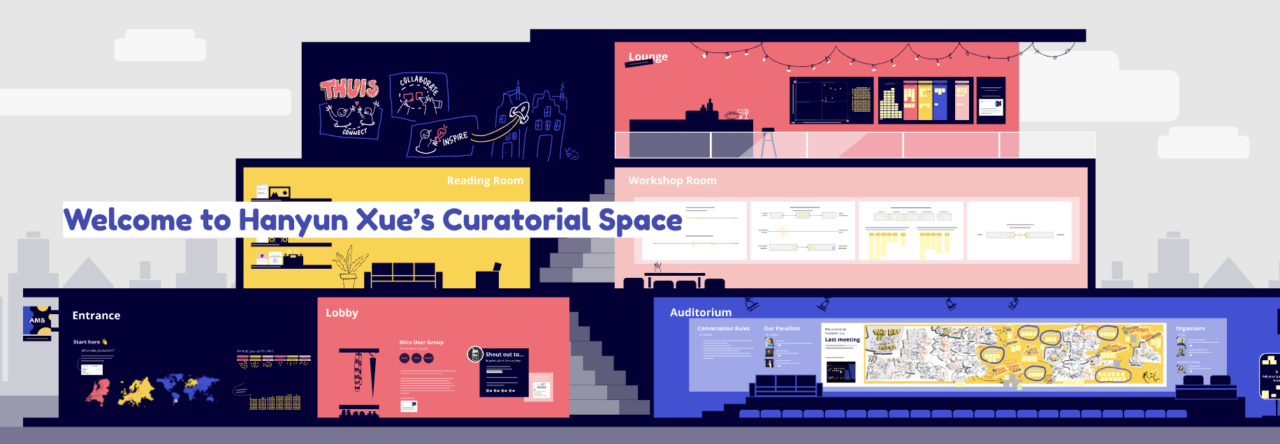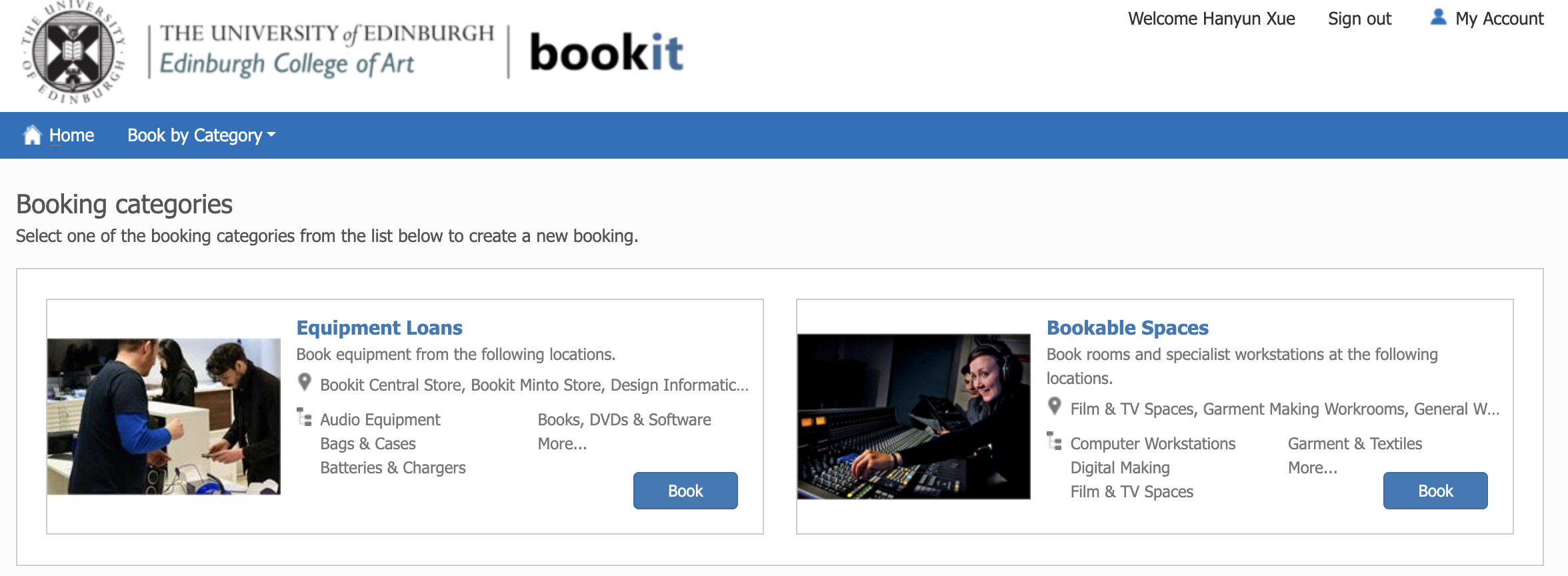What remains after the exhibition?
For me, it’s not a blank wall or dismantled tape. It’s what lives on in documentation, in the hands of the audience, and in the tools we leave behind.
Publishing as Curating: Letting the Audience Finish the Sentence
W9 and W11 asked us to rethink publishing and archiving not as aftermaths, but as curatorial forms themselves. Inspired by this, I designed a post-show publishing strategy rooted in co-authorship, reuse, and future circulation.
🟣 1. Co-Written Curatorial Zine
80 copies were printed and a digital PDF uploaded to ECA’s internal archive. This zine combines:
- Audience Woolclap entries
- Workshop writing
- Reflections by student collaborators
- Maps and images from the show
It isn’t a catalogue. It’s a collective reflection. Like Annie Fletcher and Sarah Pierce’s Paraeducation Department (O’Neill & Wilson, 2010), this zine aims to hold multi-directional knowledge, not top-down curatorial statements.
🟣 2. Audience Feedback Report
A visual brief summarising:
- Voting trends and participatory patterns
- Comments from visitors
- Emotional responses collected via story corners and stickers
Influenced by Jim Drobnick and Jennifer Fisher’s ideas in The Artist as Curator (2016), I considered affective response as a legitimate and valuable form of curatorial feedback.
🟣 3. Workshop Documentation & Visual Archives
Each cross-school session (TESOL, Design, Art Ed, CAT) was photographed, annotated, and saved:
- Worksheets, maps, and trails
- Concept boards and tactile feedback models
This echoes Simon Sheikh’s call in W4 for archives that are plural, localised, and generative.
🟣 4. Re-Usable Tools
From Woolclap’s QR systems to accessibility signage templates, all elements were designed for modular reuse:
- Editable InDesign files
- Google Drive folder accessible to ECA students
This allows the curatorial infrastructure to evolve rather than restart—what Nina Simon called “scaffolding for participation.”
🟣 5. Intra-School Curation Toolkit
I compiled my practical learning into a short downloadable guide:
- Budget structuring
- Co-authorship credit templates
- Ethical guidance for participatory mechanisms
Open to all schools within ECA, this toolkit translates my project into a replicable low-cost, collaborative methodology.
Just as Dave Beech warned against “managerialist participation” (2010), I wanted to build not just inclusion, but meaningful reciprocity—with tools, not just talk.
🔍Why These Outputs Matter
I didn’t want the exhibition to vanish into memory or slide decks. These outputs are ways of letting the audience remain in the room—even after they leave.
They also prove something essential: that low-budget, high-sensitivity curating is not only possible but documentable. It leaves behind proof. And potential.

